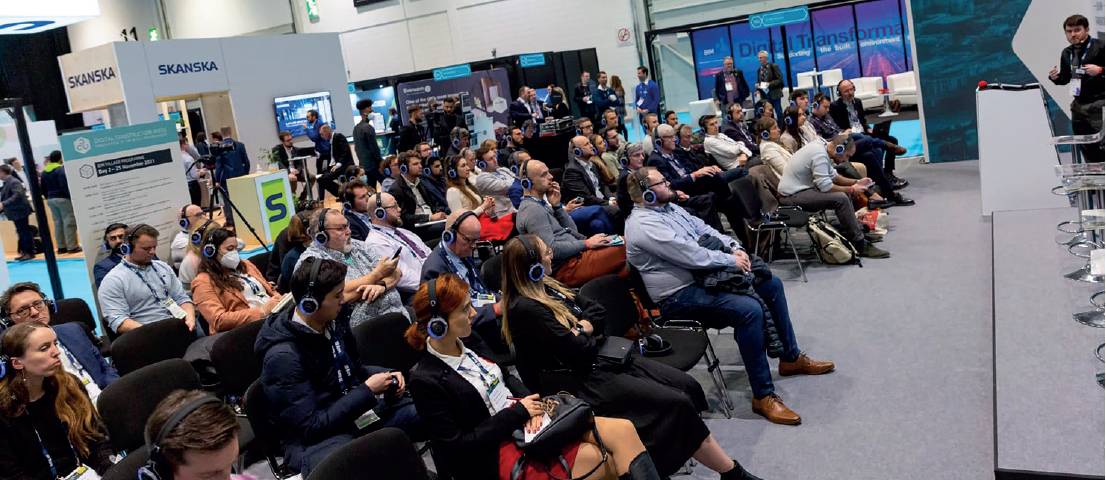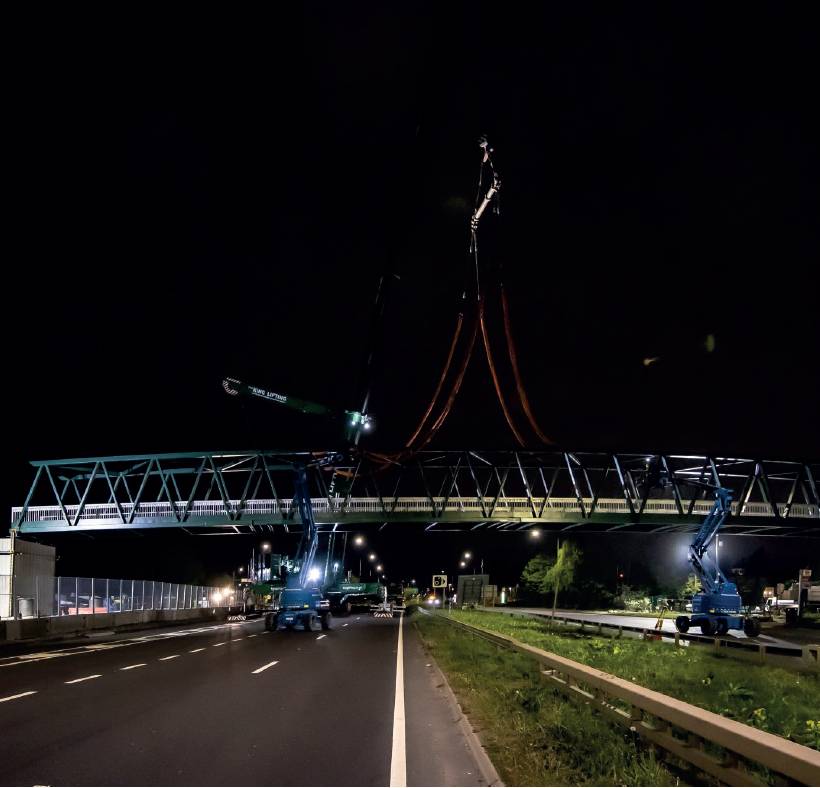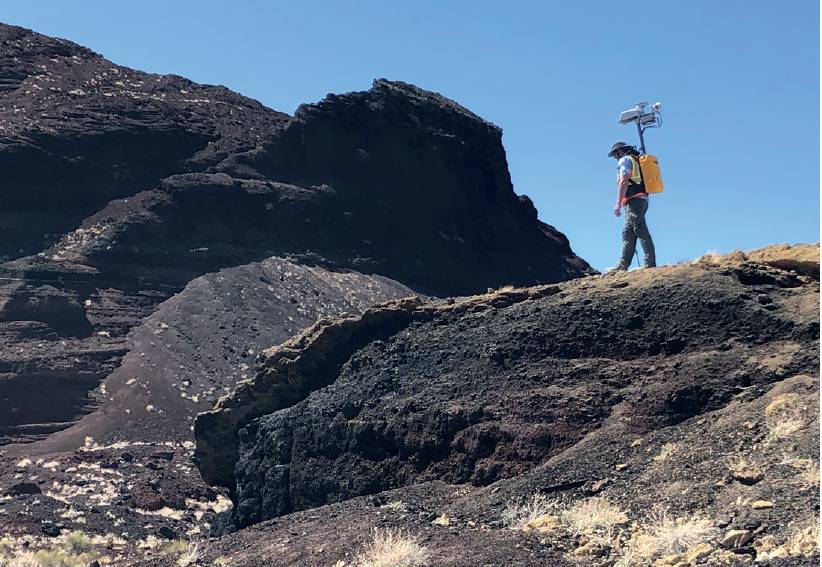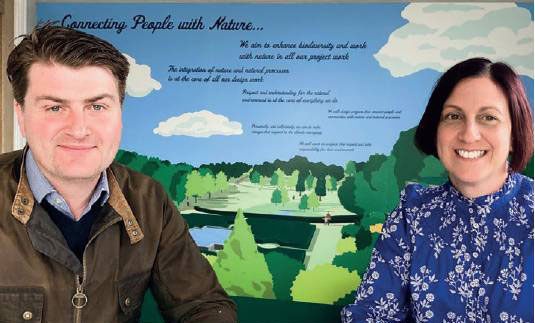Project launched to support EV chargepoint infrastructure rollout
The Geospatial Commission has launched a discovery project to explore how location data can be better utilised to support planning and delivery of electric vehicle charge points by local authorities. As the UK is committed to transitioning to electric vehicles (EV) in support of ambitious net zero targets, it means local authorities will play a crucial role.
This project will support the approach set out in the government’s EV Infrastructure Strategy, published by the Department for Transport, which focuses on enabling the rollout of EV charging infrastructure network by 2030. It states addressing barriers to data sharing will be important to enable decision making. Dr Steve Unger, commissioner at the Geospatial Commission, said: “Location data will play a key role in planning the UK’s transition to EVs and help make net zero a reality. Through this project, the Geospatial Commission will understand the challenges faced by local authorities who wish to exploit location data. By working together, we will be able to unlock the potential for data-driven innovation in transport.”
The Geospatial Commission discovery project includes workshops with 10 local authorities to identify challenges and opportunities for better use of location data – Oxfordshire County Council, City of York Council, Norfolk County Council, Greater Manchester Combined Authority, West Sussex County Council, Cornwall Council, Kent County Council, Leeds City Council, Wiltshire Council, Cheshire East Council – and will be undertaken by technical specialists Frazer-Nash Consultancy.
Digital Construction Week reveals a brand new theatre – the Net Zero Stage – this year

Taking place on 18-19 May 2022 at ExCeL London, the show is part of one of Europe’s innovation and technology events for the built environment. Digital Construction Week working in partnership with independent industry group ZERO, have announced a number of speakers for the new stage, including Amazon, WSP, Construction Innovation Hub, Atkins.
Co-founder of Digital Construction Week, Ollie Hughes, said: “Sessions on the Net Zero Stage will focus on how digital tools, methods and skills are improving the performance of projects and leading to lower emissions. And how maximising DfMA at renewably powered facilities can move us towards net zero emissions. They’ll also explore material selection, construction plant, equipment, labour and transport, and the role of technology and digitalisation in these areas.”
Speakers joining the line-up are Bella Nguyen, sustainability programme manager for Amazon Transportation Services; Dale Sinclair, director and head of digital innovation at WSP; and Alison Watson MBE, founder and chief executive at Class Of Your Own.
The stage will also host the Digital Twin Fanclub, with Neil Thompson, Construction Innovation Hub programme lead for the Centre for Digital Built Britain (CDBB) and director of digital at Atkins; Vicki Reynolds, chief technology officer at i3PT; Henry FenbyTaylor, head of information management for the CDBB; and Simon Evans, digital energy leader at Arup and delivery team lead for the National Digital Twin Programme at CDBB. They will assemble to record a live podcast ahead of the day one drinks reception.
It’s not just in the theatres at DCW where sustainability will be in focus though, with the industry concentrated on delivering net zero ambitions, the central exhibition will showcase the cutting-edge innovations that are already driving change in the built environment. Visitors will see first-hand the progress being made towards lowering emissions using emerging technologies including digital twins, augmented reality, information management, automation and AI, DfMA, robotics and more. To check out the full programme, visit www.digitalconstructionweek.com.

A new 92-tonne bridge has been installed in the £282m upgrade to M42 junction 6 for National Highways
As part of a complex night-time operation across two days earlier this month, the near-60 m long bridge was lowered into position above the busy A45 in Solihull, West Midlands by two cranes and a team of 30 people.
Now in position, ramp steelwork, back of wall drainage and lighting need to be completed before it opens to the public later this year.
Using digital technology, 4D model and Site Vision, the bridge lift was initially tested in a safe digital space beforehand.
Skanska’s Fabrications business manufactured the bridge – it is the biggest bridge structure it has built to date.
“Since the project started more than 18 months ago, we have been working towards delivering this critical piece of infrastructure”, said Skanska project director, Chris Good. “It has involved an incredible amount of design, planning and logistics management and we’re delighted to have completed it successfully, safely and on schedule.“
The bridge will enable people to walk and cycle safely over the A45 between Clock Interchange Island and Junction 6 of the M42 near the Arden Hotel in Solihull.
Once complete, the project will support the planned development by improving access to HS2, the National Exhibition Centre and Birmingham Airport.

Michael Zanetti, a NASA planetary scientist at NASA’s Marshall Space Flight Center, hikes the Cinder cone in Potrillo volcanic field in New Mexico inlate 2021, testing the backpack-sized prototype for NASA’s KNaCK. Image : NASA/Michael Zanetti
NASA has teamed up with lidar start-up Aeva to provide ultrahigh-resolution mapping in space
NASA is teaming up with lidar start-up Aeva to solve the problem of not having GPS in space.
The lidar backpack has been named KNaCK, or kinematic navigation and cartography knapsack and it will be capable of scanning the terrain in space producing highly accurate dead reckoning based on the use of location and mapping (SLAM) concepts.
It is necessary because at the moment there is no GPS-type tech on the moon, nor any planet.
While there is high-resolution imagery of the surface from orbit, it is not enough to use for navigation.
One example of it being of use is at the south pole of the moon, where the angle of the sun which does not move, results in deep shadows meaning distances are hard to pinpoint.
It could enable lunar surface operations like never before due to its ultra-high-resolution precision providing an option for mapping even in darkness or bright sunlight – an order of magnitude greater than conventional lunar topography maps and elevation models – making it a vital resource.
It is already used in landers and other instruments for this purpose.
For NASA it is a unit small enough to be mounted on an astronaut’s backpack or to a rover, while still being capable of scanning the terrain and producing a detailed map in real time – and determining exactly its location.
Land Studio expands and launches new civil engineering division

Simon Richards and Lisa Sawyer of Land Studio
It is thought to be one of the first nature-led landscape architecture practices in the UK to have its own in-house civil engineering team.
The company, which recently celebrated its sixth anniversary, believes this new integrated approach can help to tackle climate change.
Chester and North Wales-based specialist landscape architect practice Land Studio has launched a civil engineering division.
The new division, which offers clients drainage design and water management solutions, is headed up by director Lisa Sawyer.
She said: “Climate change has brought to the forefront the need for landscape architects and civil engineers to work closely together and to be involved with building projects - whatever their size – right from the start.
“This enables us to suggest that a building could be better orientated to make the most of the topography of a site or to show that there’s a more cost-efficient, sensitive way of dealing with surface water than putting attenuation crates under the ground. It’s time to think differently.”
The ethics survey of UK engineers and technicians has launched
The Royal Academy of Engineering has launched a survey as part of a wider audit of engineering ethical practice in the UK. Other aspects of the audit include both qualitative and quantitative research at company level, and an in-depth look at how the professional engineering institutions are able to support ethics. In surveying individuals and their experience, they hope to gain an insight into practical ethical engineering practice. Its aim is to keep the profession self-regulating, by finding out more about the strengths and weaknesses of current practice, enabling targeted support for profession in future.
Directed at UK engineers and technicians, it will take 10-15 minutes to complete, allowing a chance to share experiences of ethics in the workplace.
To access the survey, visit https:// survey.alchemer.eu/s3/90430286/Surveyengineering-professionals-UK-2022.
In brief:
- The UK BIM Alliance’s annual State of the Nation survey’s initial results will be published this month. It will give an indication of the progression to a business-as-usual state for project delivery and asset management using the standards, tools and guidance provided under the UK BIM Framework.
- Buckinghamshire Council has awarded Yotta a contract to provide it with a highways asset management system.
- A Hawkins\Brown-led team is the winner of the Oxford University Development international design competition to find a creative, forward-thinking masterplan for its £1bn, 190-hectare mixed-use Innovation District at Begbroke Science Park, near Oxford. Long-term plans include housing, schools, communal facilities, green spaces and sustainable transport links.
- Dr. Fatemeh Aminpour, an associate lecturer at the School of the Built Environment, University of New South Wales in Australia has been awarded the Council on Tall Buildings and Urban Habitat’s 2021 International Research Seed Funding grant. Research will explore the nature of spaces preferred by children in vertical schools, but not always considered in advance by designers.
- The Hong Kong government has awarded Fugro a contract to conduct a marine geotechnical and geophysical site characterisation for the development of artificial islands of about 1,000 hectares in its Central Waters. The islands will be used for public housing and infrastructure, creating a quality and sustainable living, and working environment for Hong Kong.
- VolkerFitzpatrick has been appointed by Transport for West Midlands to build three railway stations on the Camp Hill line in south Birmingham. The £61m scheme will reintroduce passenger train services to Moseley, Kings Heath and Hazelwell for the first time in 80 years.
- Bentley Systems has acquired Watertown, Massachusetts-based ADINA R&D Inc., a developer of finite element analysis software applications used in engineering fields to extend nonlinear simulation throughout infrastructure engineering.